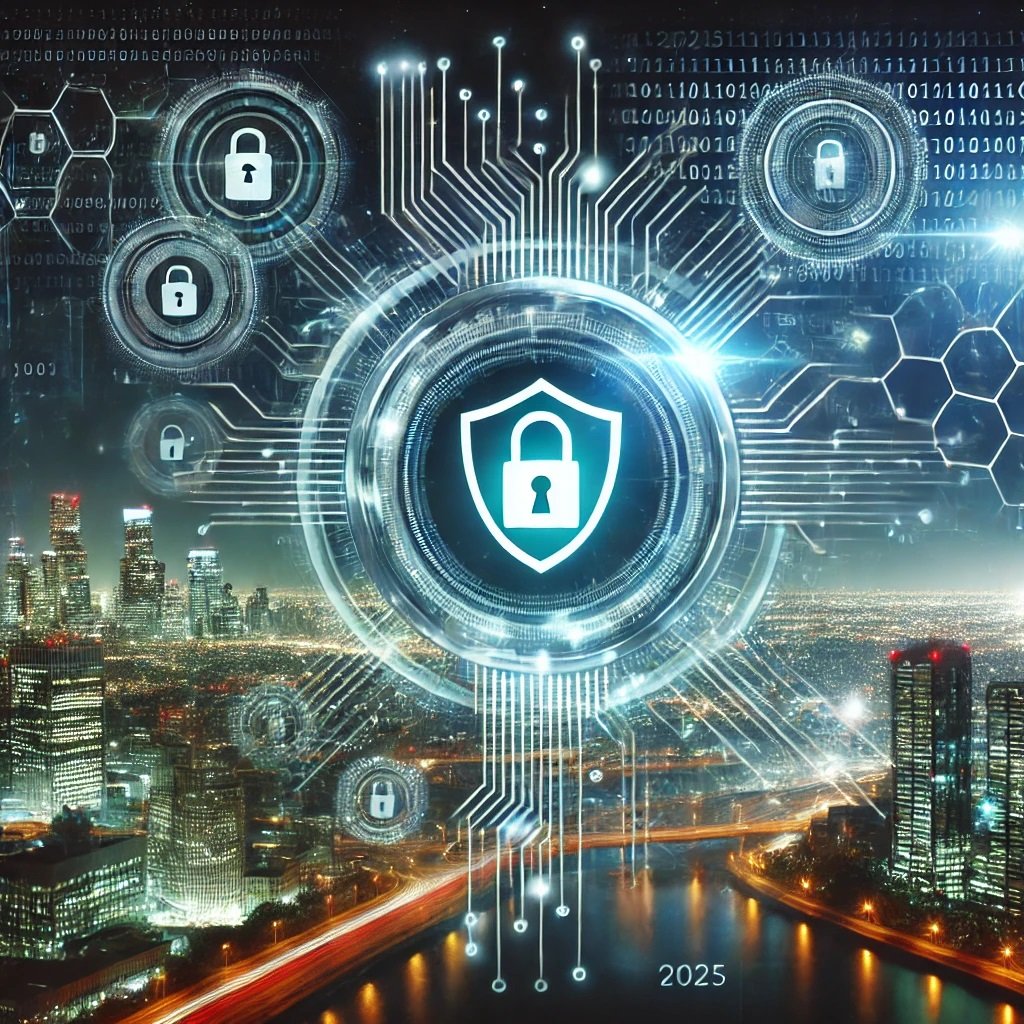
As we head deeper into the age of digital transformation, the importance of robust cybersecurity has never been clearer. Among the key pillars of secure operations, user authentication stands out as a frontline defense. With credential theft contributing to up to 80% of attacks on web applications and a 30% increase in stolen credentials in recent years, authentication strategies are not just about access but about survival in a cyber-threatened world.
This newsletter highlights the latest insights into user authentication strategies and provides actionable solutions for organizations aiming to stay ahead of increasingly sophisticated cyberattacks.
What Is User Authentication, and Why Does It Matter?
In essence, user authentication is the process by which an individual’s identity is verified to access a system, network, or resource. Traditionally, this involved usernames and passwords, but modern authentication methods incorporate advanced technologies like biometrics, multi-factor authentication (MFA), and even passwordless systems.
Authentication is no longer optional for organizations; it is essential. With sensitive customer data, proprietary business information, and operational continuity at stake, businesses must fortify their defenses. A well-implemented authentication system serves multiple purposes:
- Preventing Credential Theft: Protecting against breaches resulting from stolen credentials.
- Strengthening Trust: Building confidence among employees, customers, and partners by safeguarding sensitive information.
- Avoiding Financial and Legal Consequences: Breaches can lead to significant downtime, regulatory fines, and loss of reputation.
As the digital world evolves, so too must our approach to authentication.
Authentication Strategies and Factors to Consider
Not all authentication methods are created equal. Businesses must evaluate their needs and risks to determine the right combination of authentication strategies. Some widely-used methods include:
- Single-Factor Authentication: Simple but highly vulnerable, typically relying on passwords.
- Two-Factor Authentication (2FA): Adds an extra layer of protection with a second verification step, such as a mobile code or biometric scan.
- Multi-Factor Authentication (MFA): Extends 2FA by incorporating additional factors like location or device recognition.
- Passwordless Authentication: Eliminates traditional passwords, leveraging biometrics or tokens instead for seamless, secure access. Additionally, organizations can utilize various authentication factors, such as biometric scans, certificates, behavior patterns, or hardware tokens, to provide tailored solutions for different access levels.
The Future Is Passwordless: A Case for Innovation
The growing inefficiency and vulnerability of passwords have accelerated the adoption of passwordless authentication. This method, which relies on biometrics, device recognition, and token-based systems, simplifies access while enhancing security.
According to industry data, 89% of organizations believe that passwordless solutions provide a more user-friendly experience. By combining passwordless authentication with a robust identity management platform like CyberArk Identity Management, businesses can elevate security without sacrificing convenience.
How CyberArk Identity Management Transforms Authentication
CyberArk Identity Management has emerged as a key player in advanced identity and access management (IAM) solutions. Designed to secure privileged access and protect credentials, it integrates seamlessly with multi-factor authentication, passwordless systems, and adaptive access controls.
- Centralized Access Control: Manage all authentication protocols from one platform.
- Enhanced Security: Utilize advanced encryption and credential management tools to prevent unauthorized access.
- User-Friendly Integration: Streamline access without compromising usability, increasing adoption across employees and partners. For organizations looking to reduce cyber risks while prioritizing ease of use, CyberArk offers a best-in-class solution.
Conclusion: Investing in Authentication for Long-Term Security
Weak authentication methods can leave organizations exposed to costly breaches, reputational damage, and operational downtime. By implementing robust strategies, prioritizing user-friendly solutions, and leveraging platforms like CyberArk, businesses can stay ahead of cyber threats in 2025 and beyond.
References
- CyberArk Software Ltd. (2023). Identity management and privileged access for enterprises. Retrieved from https://www.cyberark.com
- Huth, C., Orlando, M., Pesante, L., & Scholl, M. (2022). Authentication strategies for enterprise security. National Institute of Standards and Technology.
